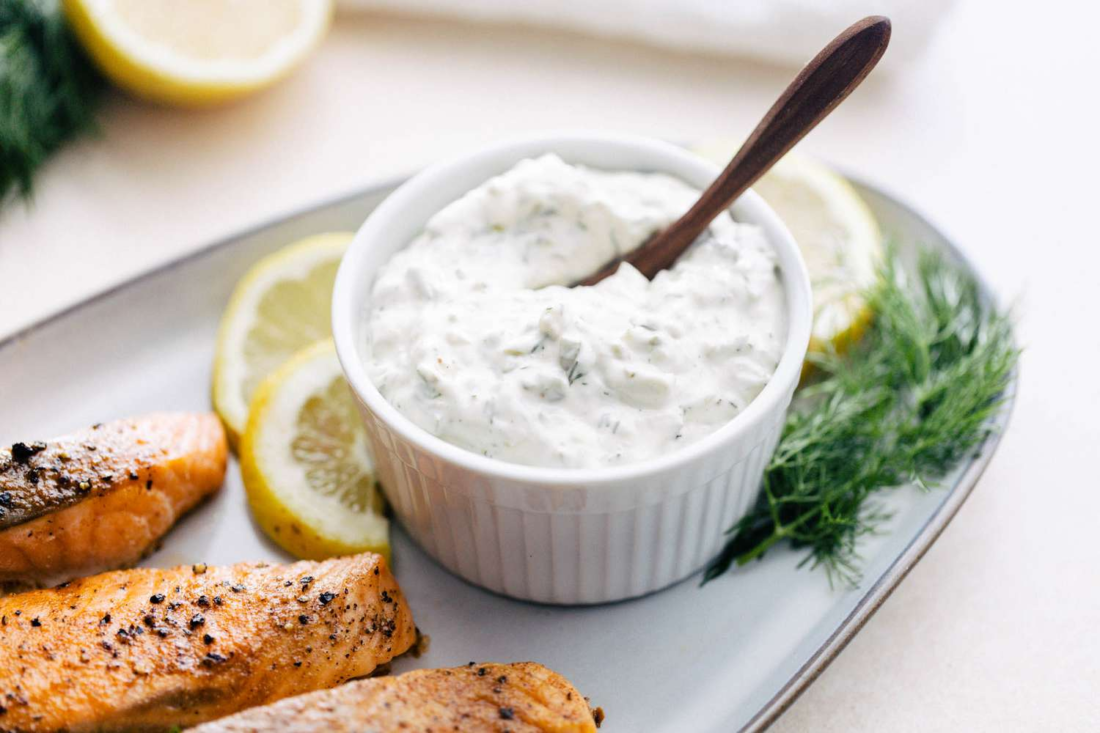
Tartar sauce, a delightful and tangy condiment often enjoyed with fried seafood, has a history shrouded in culinary mystery. Its name suggests a connection to the Tatars, an Eastern European nomadic group known for their fierce warriors, but the true origin story of tartar sauce is as complex and diverse as its ingredients. In this recipe we’ll cover some of the history as well as how to make tartar sauce at home:
Historical Roots
The notion that tartar sauce is rooted in the traditions of the Tatars is, in fact, a bit of a culinary red herring. This belief arises from the similarity in name, but there is little evidence to support this theory. The true history of tartar sauce is likely more convoluted, shaped by a multitude of culinary influences.
French
One theory places the sauce’s origins in France. French cuisine is renowned for its exquisite sauces, and it is plausible that tartar sauce emerged from the rich culinary tradition of the French. The sauce’s key components—mayonnaise, pickles, capers, and herbs—have deep roots in French cooking. In the 19th century, French cookbooks began featuring recipes that resembled the modern tartar sauce. It is conceivable that these recipes, or variations of them, spread to other parts of Europe.
Dutch
Another possibility is that tartar sauce was influenced by the Dutch. The Dutch are known for their love of pickles, and their traditional cuisine features a variety of pickled accompaniments. This pickle obsession could have easily led to the creation of a sauce that incorporated finely chopped pickles, which is a signature component of tartar sauce.
British
The British also have a stake in tartar sauce’s development. With their fondness for fish and chips, it’s likely that the condiment was introduced and adapted in the United Kingdom. The English version, often referred to as “tartare sauce,” may have its own unique spin on the original concept.
The unique blend of ingredients in tartar sauce suggests that it was a product of multiple culinary traditions converging over time. The creamy mayonnaise base, the tang of the pickles, the briny pop of capers, and the fresh herbiness of parsley create a symphony of flavors that enhances the seafood it accompanies.
The beauty of tartar sauce lies in its versatility. While it is traditionally paired with fried fish and seafood, it also complements a wide range of dishes. It can be used as a dip for french fries, a condiment for burgers, or even a dressing for salads. Homemade tartar sauce allows for customization to suit one’s taste, with variations like the addition of Dijon mustard, lemon juice, or finely chopped shallots.
How to Make Tartar Sauce
Creating your own tartar sauce is a straightforward process, and the ingredients can be adjusted to meet your personal preferences. The basic recipe typically calls for mayonnaise, finely chopped pickles or cornichons, capers, fresh parsley, Dijon mustard, and a touch of lemon juice. The key to a good tartar sauce is achieving a balance of flavors. The mayonnaise provides a creamy backdrop, while the pickles and capers contribute a burst of acidity and brininess. Fresh herbs like parsley add a touch of brightness, while the Dijon mustard introduces depth and the lemon juice offers a refreshing zest. You can also choose to include finely chopped shallots or onions for a mild oniony kick.
Once the ingredients are mixed and well-blended, the tartar sauce should be refrigerated for at least 30 minutes to allow the flavors to meld together. This step is crucial for achieving the perfect taste and texture.
Final Thoughts
While the exact origins of tartar sauce remain a culinary enigma, it is undoubtedly a delightful accompaniment to a wide array of dishes. Its unique combination of ingredients and its adaptability make it a beloved condiment worldwide. Crafting your own tartar sauce allows you to explore the delicate balance of flavors, creating a sauce that perfectly complements your favorite seafood or other culinary creations. Whether it hails from the Tatars, the French, the Dutch, the British, or a combination of them all, one thing is clear—tartar sauce has carved a delectable place in the world of condiments, enriching our culinary experiences for generations to come.


